Vaux-le-Vicomte and the Famous Fête which Sparked Versailles
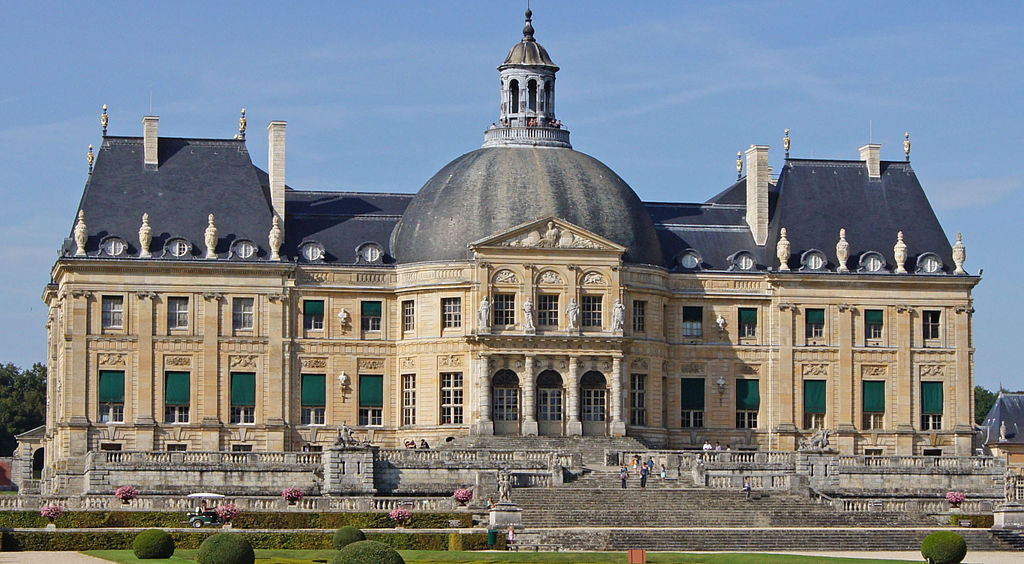
Château de Vaux-le-Vicomte. Photo: Jebulon / CC
Of the dozens of castles around Paris, the château de Vaux-le-Vicomte holds a very special place in French history, not only because of its innovative design, but also for the legendary palace it inspired: Versailles. Commissioned by Nicolas Fouquet, the Superintendent of Finance under Louis XIV, for the first time a castle’s architecture, decor and gardens were designed in unison, resulting in an architectural masterpiece of the Baroque era. The splendid castle was unveiled during a sumptuous fête which took place on August 17th, 1661 in the presence of the King. However, the young Sun King was not one to be outshined and Fouquet would not be able to enjoy his exquisite residence. We journey back to that fateful night to discover how reaching for the stars led to Fouquet’s downfall.

Anonymous engraving of the entrance front of the Château de Vaux-le-Vicomte / INHA
Born in 1615 into a family of wealthy parliamentarians, intelligent and cultivated Nicolas Fouquet quickly rose in the ranks of the French court. In 1641, at the age of 26, he purchased the estate of Vaux-le-Vicomte, however, it wasn’t until 1656, a few years after he was named Superintendent of Finance, that he embarked on the construction of a residence worthy of his prominent position. For this new château he hired architect Louis Le Vau, interior decorator Charles Le Brun and landscape designer André le Nôtre. Their collaborative grand design involved demolishing three villages and is thought to have cost 16 million livres and employed 18,000 workers.
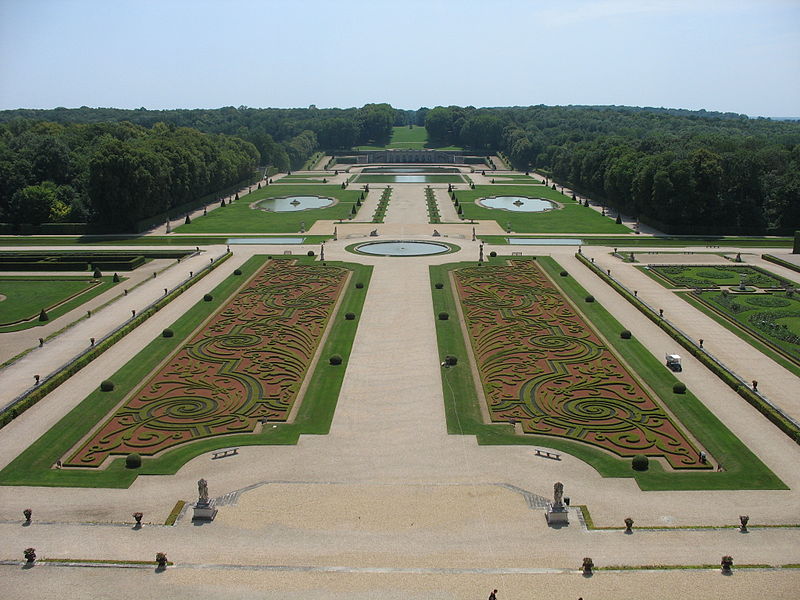
Jardin du château de Vaux-le-Vicomte. Photo: Esther Westerveld / Flickr
André le Nôtre’s gardens, carved from 33 hectares of woodlands, are of particular note. It was at Vaux that the landscape architect perfected the jardin à la française. Working closely with Le Vau, le Nôtre formal gardens were laid out along a three-kilometer axis extending from the château and its outbuildings, strategically employed canals, pools of water, fountains and parterres to create harmonious symmetry and perspective.
With the castle and its grounds completed, Fouquet went about organizing its inauguration. Designed to honour the King, the fabulous evening did nothing but enflame his jealous, famously summed up by Voltaire: “On 17 August, at six in the evening Fouquet was the King of France: at two in the morning he was nobody.”
The King arrived at 6 pm, accompanied by his mother, Anne of Austria, and around 600 courtiers. The evening started with a tour of the interior of the castle, guided by Le Brun himself. The guests were then arranged throughout the rooms for un ambigu, a meal in which all dishes, including dessert, are simultaneously laid out on the table. This was overseen by Fouquet’s maître d’hôtel, François Vatel, and presented in a luxurious gilded table service that even the King couldn’t afford.
Afterwards, the guests were invited into the gardens for the début performance of Les Fâcheux, a comedy-ballet created by Molière and Lully specifically for the event. It is said that during the musical interludes elves came out of the yew to serve treats and give diamonds to the ladies. The festivities were capped off with an amazing fireworks display as guests made their way back to the castle.
The spectacle was all too spectacular. Where did the money come from to build such an opulent residence and for such a fabulous fête? There was one person noticeably absent at the August 17th celebration: Jean-Baptiste Colbert, the Indendant of Finance and rival of Fouquet.

Candlelight Evenings. Photo: Vauux-le-Vicomte
In the weeks leading up to Vaux’s inauguration, Colbert had begun insinuating to the King that Fouquet was embezzling state funds, an accusation which seemed all the more probable after the festivities. Three weeks after the party, Fouquet was arrested by d’Artagnan, the captain of the King’s musketeers, for misappropriation of public funds. After a lengthy and controversial trial, Fouquet was imprisoned for life and his wife exiled, although she was later allowed to return and reclaim Vaux. Nevertheless, before that happened, the King confiscated or purchased 120 tapestries, statues, pieces of furniture and all the orange trees of the estate. He then hired Le Vau, Le Nôtre and Le Brun to outdo their work on Vaux at Versailles.
Privately owned today, Vaux-le-Vicomte revives the glory of the castle’s extravagant inauguration during candlelight evenings held throughout the summer and fall season. A tour of the château before one of these special evenings is the perfect way in experience Vaux, or we can also organize half day and full day excursions to fit your schedule. Learn more about these here.

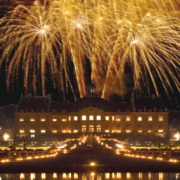
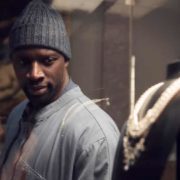
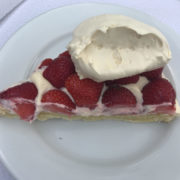
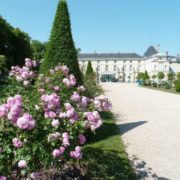
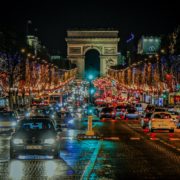
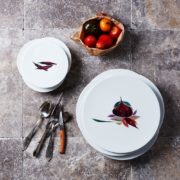



Leave a Reply
Want to join the discussion?Feel free to contribute!